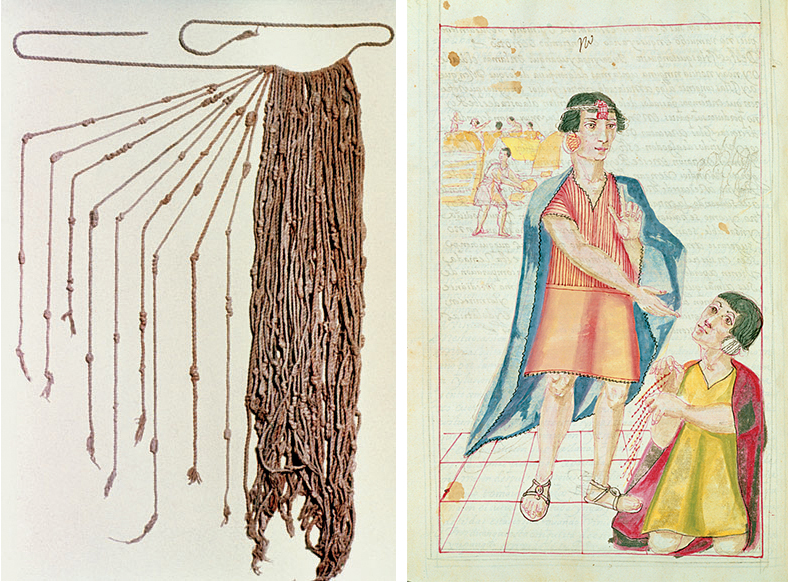A History of World Societies:
Printed Page 299
A History of World Societies Value
Edition: Printed Page 297
Chapter Chronology
Trade and Technology
The domestication of crops and animals created an abundance of food and livestock, which allowed people to take on new social roles and to develop specialized occupations. As cities emerged, they became hubs of a universal human activity: trade. These cities were home to priests who interpreted the nature of our world, as well as a nobility from which kings emerged, some of whom forged vast empires based on their ability to coordinate conquest, trade, tribute from conquered subjects, and systems of religious beliefs.
The differences in the development and application of three different kinds of technologies — the wheel, writing and communications systems, and calendars — capture this essential nature of human adaptability.
Before their encounters with other world peoples that began in 1492, societies in Mesoamerica and the Andes did not use wheeled transportation. Had they failed to invent one of the basic technologies used elsewhere in the world? No, they had not. As it happens, wheels were used in children’s toys, just not for transportation. Tools emerged (or did not emerge) from specific needs. In Mesoamerica there were no large animals like horses or oxen to domesticate as beasts of burden, so there was no way to power wagons or chariots. In the Andes, domesticated llamas and alpacas served as pack animals and were a source of wool and meat. But in the most densely settled, cultivated, and developed areas, the terrain was too difficult for wheeled transportation. Instead Andean peoples developed extensive networks of roads that navigated steep changes in altitude, supported by elaborate suspension bridges made from woven vegetable fibers.
Peoples of the Americas also did not develop an alphabet or character-based writing systems, but this did not mean they did not communicate or record information. If we separate our understanding of the alphabetical reading you are doing right now from its functions — communicating and storing of information — we can appreciate the ways in which Andean and Mesoamerican civilizations accomplished both. Peoples of the Americas spoke thousands of languages (hundreds are still spoken today). Mesoamericans, beginning with the Olmecs (1500–400 B.C.E.), used pictographic glyphs similar to those of ancient Egyptian writing to record and communicate information. Later civilizations continued to adapt these systems. The Aztecs produced hieroglyphic books written on paper and deerskin.
The Andean innovation for recording information was particularly remarkable. The khipu (KEY-pooh) was an assemblage of colored and knotted strings. The differences in color, arrangement, and type of knot, as well as the knots’ order and placement, served as a binary system akin to a contemporary computer database. As archaeologists and linguists struggle to decode khipus, they have discerned their role in recording demographic, economic, and political information that allowed imperial rulers and local leaders to understand and manage complex data.

Inca Khipu Khipus like these (left) were used by communities and by Inca imperial officials to store and communicate data. The dyes, weaves, and knots made by their users recorded data much like contemporary binary computer storage, allowing users (right) to read information about populations, production, and tribute. (khipu: The Granger Collection, NYC — All rights reserved; illustration: from Historia y Genealogia Real de los Reyes Incas del Peru, de sus hechos, constumbres, trajes y manera de Gobierno, known as the Codice Murua [vellum], 16th century/Private Collection/The Bridgeman Art Library)
Mesoamerican peoples used a sophisticated combination of calendars. These were based on a Calendar Round that combined a 365-day solar calendar with a 260-day calendar based on the numbers thirteen and twenty, which were sacred to peoples of Mesoamerica. Annual cycles were completed when twenty 13-day bundles converged with thirteen 20-day bundles. Together with the solar calendar, these formed a fifty-two-year cycle whose precision was unsurpassed in the premodern world. It also provided an incredibly intricate mechanism not only for following the solar and lunar years but also for connecting these to aspects of daily life and religion, helping users of the calendar to interpret their world.
